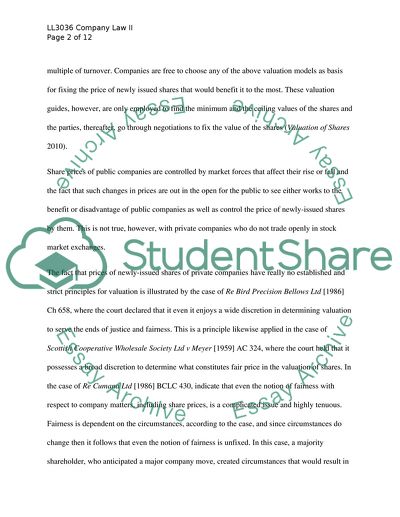Cite this document
(The Enterprise Laws Case Study Example | Topics and Well Written Essays - 2750 words - 5, n.d.)
The Enterprise Laws Case Study Example | Topics and Well Written Essays - 2750 words - 5. Retrieved from https://studentshare.org/law/1737278-company-law
The Enterprise Laws Case Study Example | Topics and Well Written Essays - 2750 words - 5. Retrieved from https://studentshare.org/law/1737278-company-law
(The Enterprise Laws Case Study Example | Topics and Well Written Essays - 2750 Words - 5)
The Enterprise Laws Case Study Example | Topics and Well Written Essays - 2750 Words - 5. https://studentshare.org/law/1737278-company-law.
The Enterprise Laws Case Study Example | Topics and Well Written Essays - 2750 Words - 5. https://studentshare.org/law/1737278-company-law.
“The Enterprise Laws Case Study Example | Topics and Well Written Essays - 2750 Words - 5”, n.d. https://studentshare.org/law/1737278-company-law.


